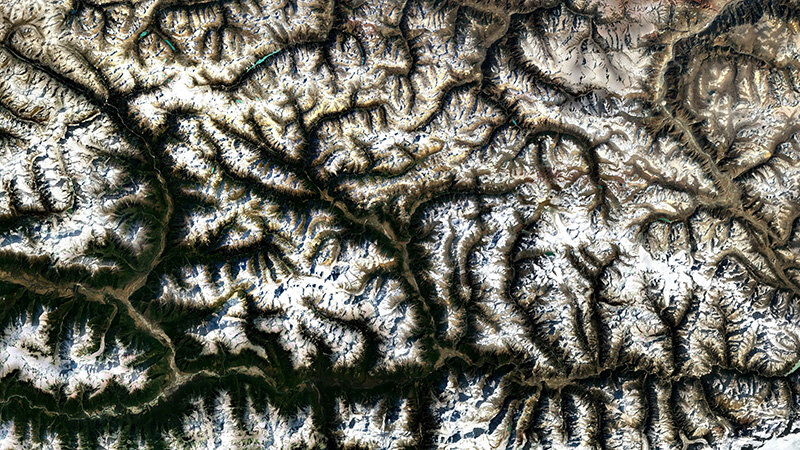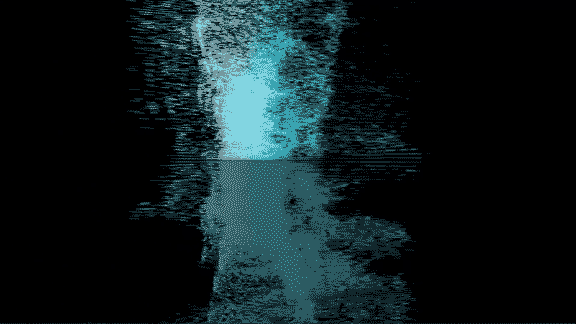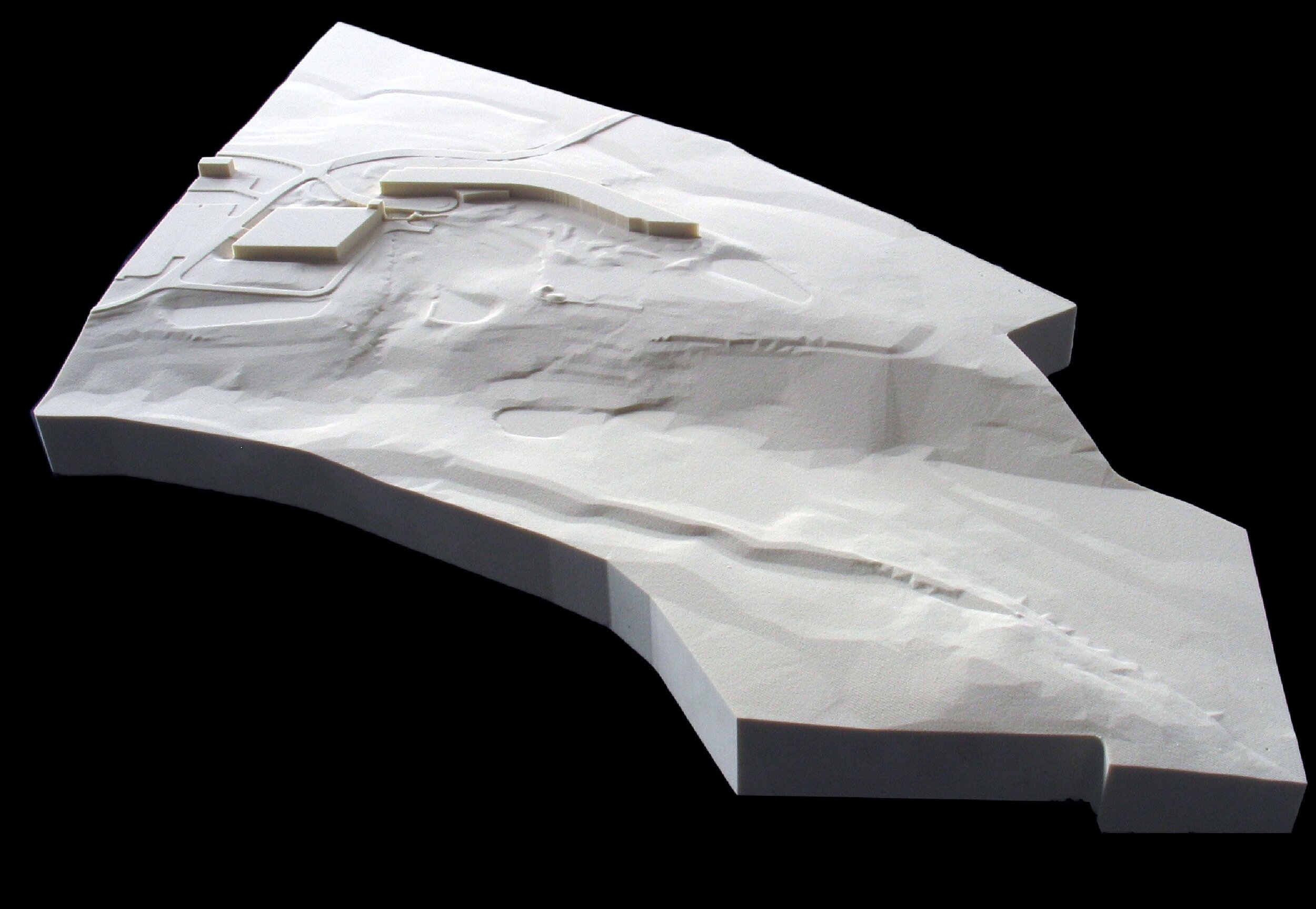This week saw further development of our research project.
This experiment was another development in creating objects from the data of a 2d image. The picture in question was an aerial shot taken from Google Maps, gathered by the programmer Paul Bourke. It is part of a wider series displaying how fractals can be seen across different landscapes. I was inspired by a piece from ‘Form + Code’ that generates 3d explosions by displacing the brightness of each pixel on its z axis. By displaying it in 3 dimensions, the viewer can view the form of the image from multiple angles, interpreting its data from different perspectives.
If I had further time develop this project and access to a workshop, I would have like to experiment with creating physical objects from this data, using techniques such as 3D printing and CNC routing. This is a process commonly used within architecture for creating forms using topographical data, an example of which can be seen below. This from was fabricated from routing topographical data of the Grand Canyon into a block of wood.
This allows the observer to the view the form of a previously flat image from multiple angles. The creation of physical forms also allows the creator to give different meanings to the intention of the original data. An example of this would be if the creator were to build a table out of the routed wood - this gives it an audience, a function, and a distinctly different purpose to the original image, which was to display a natural form using data from Google Maps.
The experimentations we conducted for our project made me reflect on my time at the Arts University Bournemouth, where I was interested in combing craft and computation to create physical objects. An example of this can be seen below, where I created a generative pattern in processing that I subsequently used as the basis for a lino print. What interests me about processes like this is that it allows for a level of chance and unpredictability to be implemented within physical objects. This can also be seen in the precedents I listed in previous blog posts, from example ‘Fractal Dice’ and ‘Resolution Wall’.






